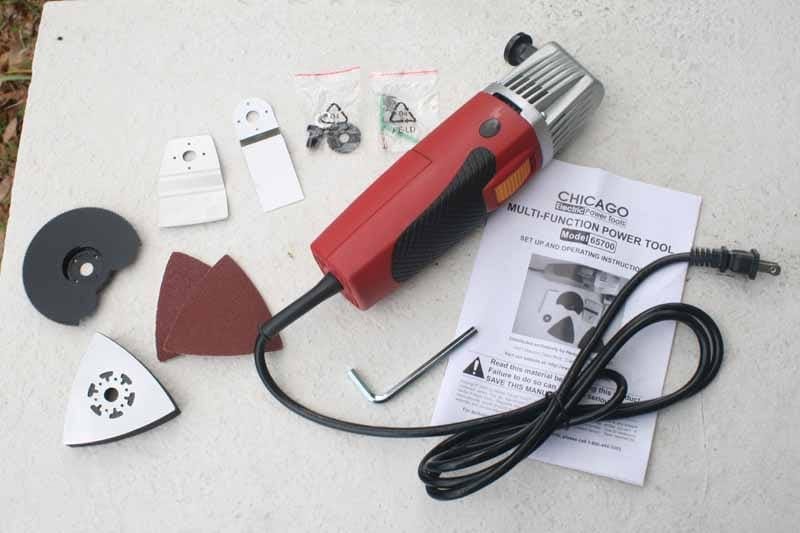Heat exchangers are pivotal components in various industrial processes, facilitating the transfer of heat between two or more fluids. While they are indispensable for enhancing energy efficiency and optimizing thermal management, it is crucial to recognize that heat exchangers are not without their drawbacks. This article delves into the disadvantages of heat exchangers, providing a comprehensive analysis that can aid engineers, facility managers, and decision-makers in making informed choices.
- Initial Capital Investment
One of the most significant disadvantages of heat exchangers is the initial capital investment required for their purchase and installation. Depending on the type and complexity of the heat exchanger, costs can escalate quickly. For instance, shell-and-tube heat exchangers, known for their robustness and versatility, can be particularly expensive due to their intricate design and the materials used. This high upfront cost can be a barrier for smaller enterprises or those operating on tight budgets.
- Maintenance and Operational Costs
Heat exchangers require regular maintenance to ensure optimal performance and longevity. Fouling, a common issue where deposits accumulate on heat transfer surfaces, can significantly impair efficiency. Cleaning and maintenance activities can be labor-intensive and costly, leading to increased operational expenses. Additionally, if fouling is not addressed promptly, it can result in reduced heat transfer efficiency and potentially catastrophic failures, necessitating costly repairs or replacements.
- Space Constraints
The physical footprint of heat exchangers can be a disadvantage, particularly in facilities with limited space. Some designs, such as large shell-and-tube heat exchangers, require substantial installation areas, which can be challenging in retrofitting scenarios. In densely packed industrial environments, the need for additional space can lead to logistical challenges and increased construction costs.
- Complexity of Design and Installation
The design and installation of heat exchangers can be complex, requiring specialized knowledge and expertise. Engineers must consider various factors, including fluid properties, flow rates, temperature differentials, and pressure drops, to ensure optimal performance. This complexity can lead to design errors, which may result in inefficient systems or even failures. Furthermore, the installation process often necessitates skilled labor, which can be a limiting factor in regions with a shortage of qualified technicians.
- Limited Temperature and Pressure Range
Heat exchangers have specific operational limits regarding temperature and pressure. Exceeding these limits can lead to material degradation, reduced efficiency, or catastrophic failure. For example, certain materials used in heat exchangers may not withstand high-temperature applications, necessitating the use of more expensive alloys or specialized coatings. This limitation can restrict the applicability of heat exchangers in certain industries or processes, necessitating alternative solutions.
- Environmental Concerns
The environmental impact of heat exchangers is another consideration. While they are designed to improve energy efficiency, the materials used in their construction can pose environmental risks. For instance, the use of certain metals may lead to corrosion and leaching, potentially contaminating surrounding ecosystems. Additionally, the disposal of old or damaged heat exchangers can contribute to waste management challenges, particularly if they contain hazardous materials.
- Performance Variability
Heat exchangers can exhibit performance variability due to changes in operating conditions, such as fluid flow rates and temperatures. This variability can complicate process control and lead to inefficiencies. For instance, in applications where precise temperature control is critical, fluctuations in heat exchanger performance can result in product quality issues or increased energy consumption.
Conclusion
While heat exchangers play a vital role in enhancing energy efficiency and thermal management across various industries, it is essential to acknowledge their disadvantages. From high initial costs and maintenance challenges to space constraints and environmental concerns, these factors can significantly impact the overall effectiveness and feasibility of heat exchanger systems. By understanding these disadvantages, industry professionals can make more informed decisions, optimizing their processes while mitigating potential risks. As technology advances, ongoing research and development may address some of these challenges, paving the way for more efficient and sustainable heat exchange solutions in the future.

